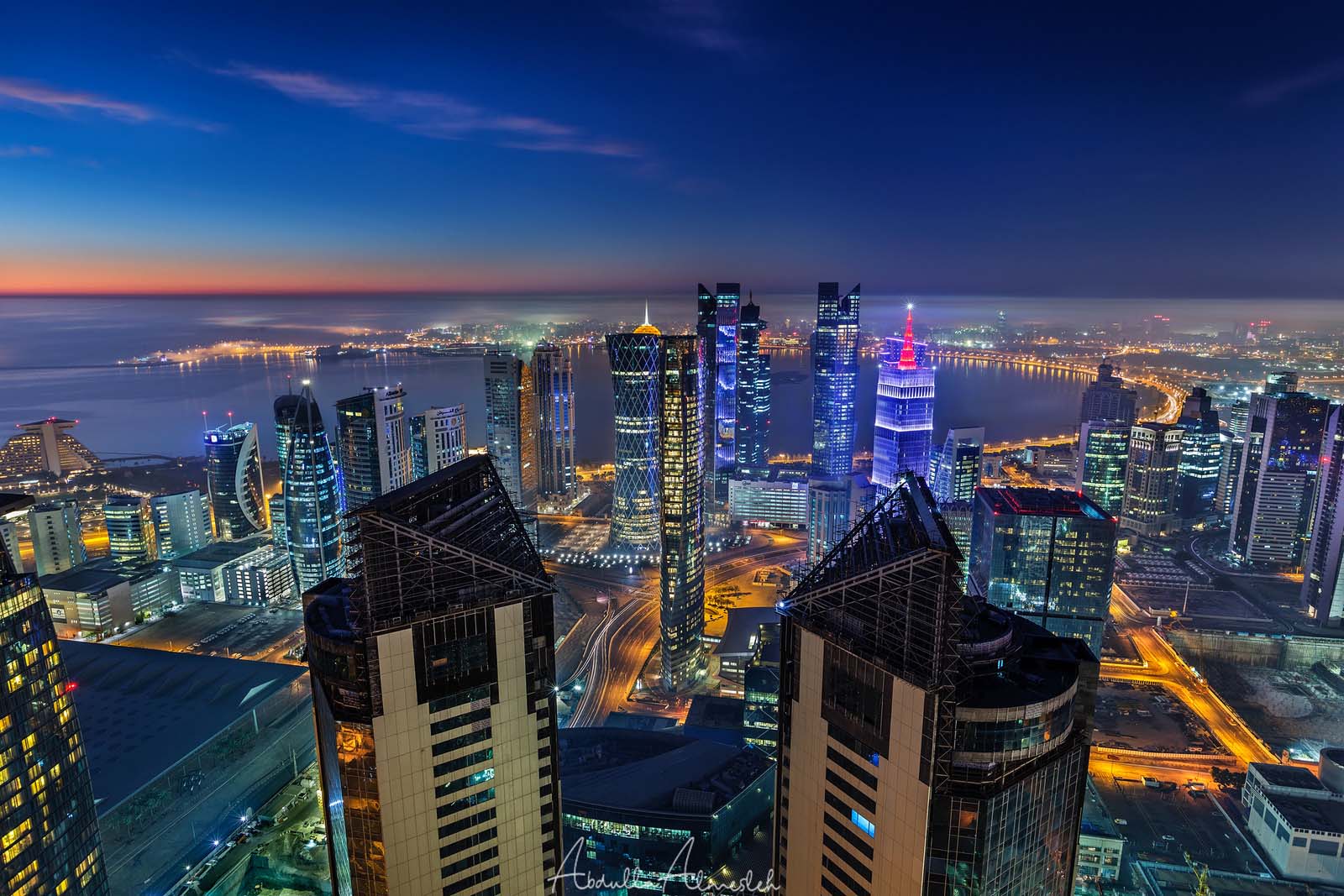[ad_1]
In 2022, the Middle East and North Africa (MENA) region’s output is projected to increase by 5.3%.
Qatar’s GDP expanded by 2.5% in the first quarter of this year compared to the same period a year earlier, according to official estimates released on Tuesday, despite a minor decline from the previous quarter.
The Planning and Statistics Authority said Qatar’s real gross domestic product (GDP), which is adjusted for inflation, decreased by 0.3% from the fourth quarter to 166.26 billion riyals ($45.68 billion) in the first quarter.
Real gross value added (GVA) in mining and quarrying decreased by 1.7% in the first quarter from a year earlier but increased by 0.9% from the fourth quarter. In the first quarter, non-mining and quarrying real GVA increased 5.2% year over year while decreasing by 0.9% from the prior quarter.
According to official estimates released on Tuesday, Qatar’s GDP expanded by 2.5% in the first quarter of this year compared to the same period a year earlier, despite a minor decline from the previous quarter.
World Bank expectation
According to the World Bank, Qatar’s GDP is expected to rise this year and become the fastest-growing in the Gulf Cooperation Council (GCC) in 2023 and 2024.
According to the most recent Global Economic Prospects report for June, the nation’s real Gross Domestic Product (GDP) growth is predicted to be 4.9 percent this year, 4.5 percent in 2023, and 4.4 percent in 2024.
Qatar’s GDP growth is attributed to its 10% increase in hydrocarbon exports as well as its multi-billion dollar North Field expansion project, the largest of its kind, which aims to increase Qatar’s annual liquified natural gas production capacity from 77 million metric tonnes to 126 million tonnes by the year 2027.
Qatar’s 2022 GDP growth was reported by the World Bank to be 4.9 percent, compared to a slow worldwide GDP growth of 2.9 percent.
In terms of the GCC, Qatar’s GDP will grow at the quickest rate between 2023 and 2024.
According to data from the World Bank, Qatar’s GDP is expected to increase by 4.9% in 2023, while it increased by 3.8% in Saudi Arabia, 3.6% in Kuwait, 2.8% in Oman, 3.4% in the United Arab Emirates, and 3.1% in Bahrain.
Qatar’s GDP is projected to grow by 4.4 % in 2024, Saudi Arabia’s by 3.0%, Kuwait’s by 2.5%, Oman’s by 2.6%, the United Arab Emirates’ by 3.6%, and Bahrain’s by 3.1%.
In 2022, the Middle East and North Africa (MENA) region’s output is projected to increase by 5.3%, which is 0.9% more than the previous January forecast. This increase is largely attributable to higher oil prices, which lead to increased oil revenues, as well as better prospects for the GCC economies.
This would be the fastest growth in a decade for the region.
However, if it weren’t for the “detrimental” effect Moscow’s invasion of Ukraine had on the world’s oil importers, the recovery might have been stronger.
Global growth was significantly slowed by the Covid-19 pandemic-induced slump, rising commodity prices as a result, and the Russian invasion of Ukraine. These factors all contributed to the slowdown. The effect on the area is different, though.
Research highlighted that despite a limited impact from Omicron outbreaks and the net losses to foreign oil importers as a result of the invasion of Kyiv, economic activity in the MENA region has remained robust.
[ad_2]
Source link

















Leave a Reply